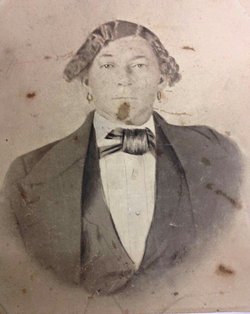Welcome to Black Mail, where we bring you Black History—Special Delivery!
Born in 1816, Edmond Edward Wysinger was born to a Cherokee woman and an enslaved African. Initially, he took the last name Bush before adopting the German surname of his owner upon arriving in California in 1849.
Wysinger made his way to Grass Valley, California, during the Gold Rush. He mined for gold along with other Black miners in locations such as Morman, Mokelumne Hill, Placerville, and Grass Valley. With his earnings, he was able to purchase his freedom for $1,000. Wysinger married Penecia Wilson during this time as well. The couple had eight children, six sons and two daughters, and settled in Visalia, California, in 1862. There, he sought to enroll his son Arthur in the white public high school but was refused admission due to his race.
Determined to enroll his son, Wysinger pursued legal action, filing suit against the Tulare County School Board. Wysinger vs. Crookshank was a groundbreaking case that eventually went to the California Supreme Court. The court ruled in favor of Wysinger on March 1, 1890, and ordered the admission of Arthur Wysinger into the white public school system. The landmark ruling challenged the practice of separate but equal schools for African American and Native American citizens. The precedent set by the case paved the way for continued legal challenges to racial segregation and discrimination in education.
Wysinger’s advocacy not only secured educational access for his son but also paved the way for broader legal challenges to racial discrimination in education. More than 60 years later, the Wysinger vs. Crookshank ruling was cited during the 1954 Brown vs. Board of Education court case. Wysinger vs. Crookshank served as a precedent in arguments against racial segregation in education, showing that challenges to such practices had a historical precedent. While it didn’t directly impact Brown v. Board of Education’s outcome, it contributed to the broader movement against segregation laws, underscoring the principles of equality and nondiscrimination.
Another installment of melanated mail has been delivered. Ponder, reflect, and pass it on.




